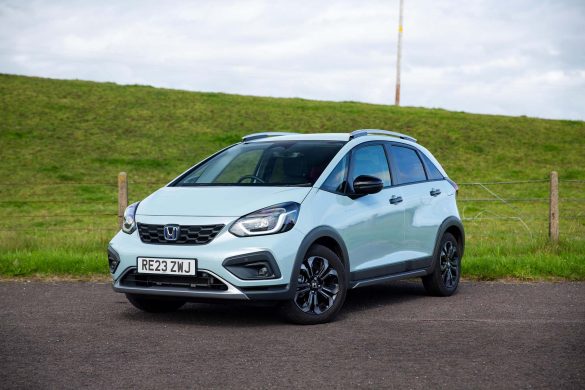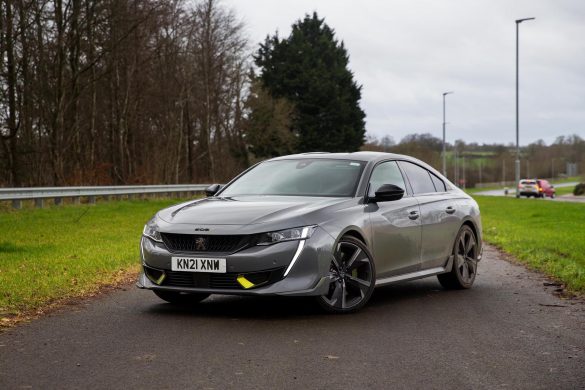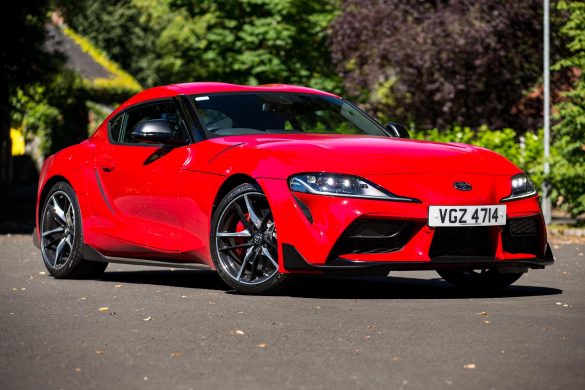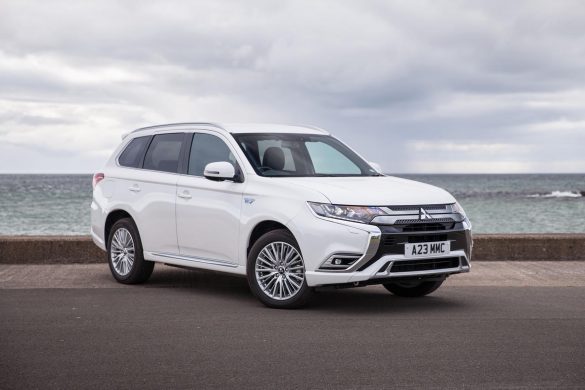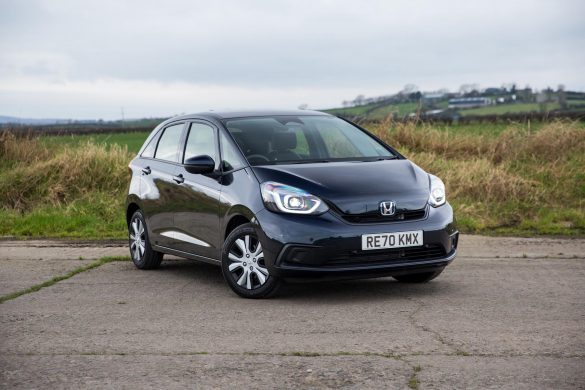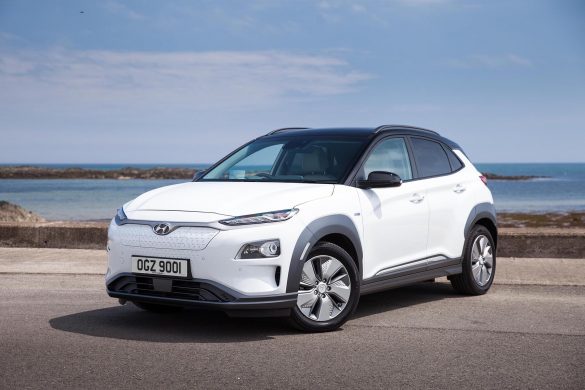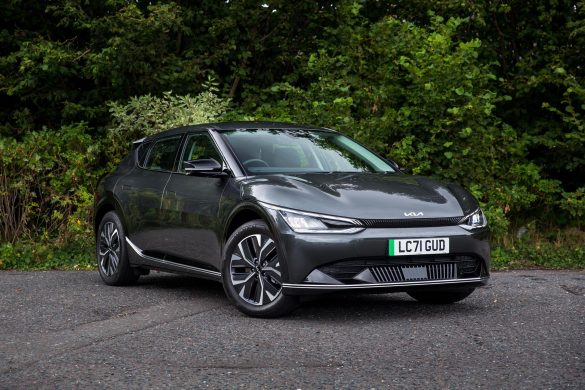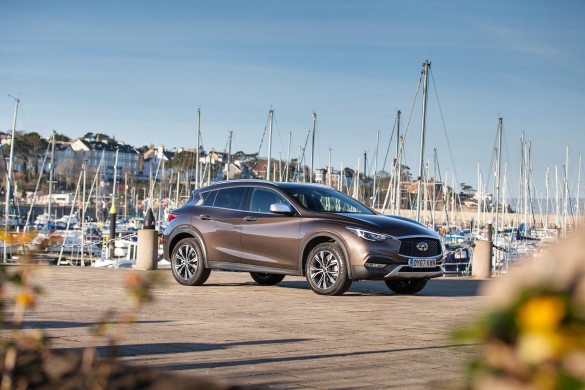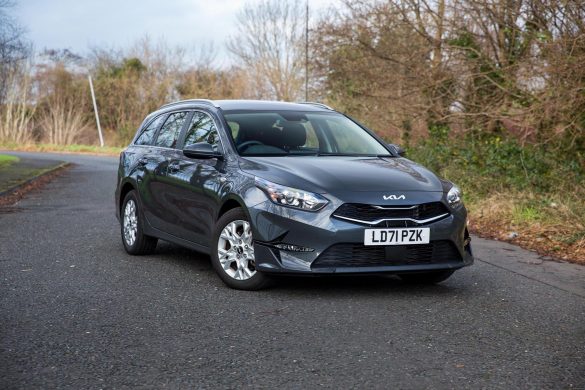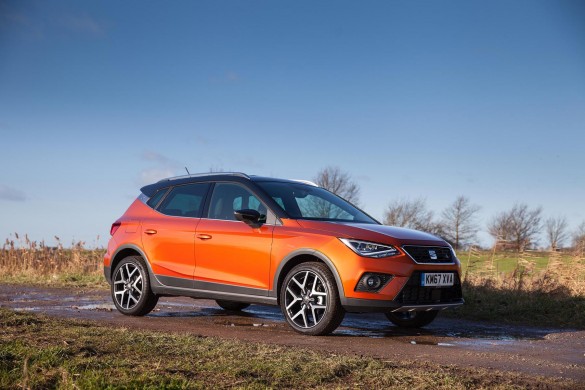Café Racer is a term which arose among British motorcycle enthusiasts of the early 1960s, particularly the “Rocker” or ton-up boy subculture. The term refers to a style of motorcycle that was and is used for fast rides from one “transport café” or coffee bar to another. Motorcycles of this type were also common in Italy, France, and other European countries.
The term was originally coined as an insult towards riders who were seen as playing at being road racers but merely parked outside cafés.
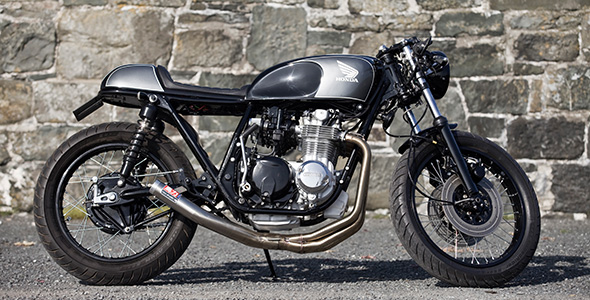
The café racer is a motorcycle that has been modified for speed and handling rather than comfort. The bodywork and control layout of a café racer typically mimicked the style of a contemporary Grand Prix road racer, featuring an elongated fuel tank, often with dents to allow the rider’s knees to grip the tank, low slung racing handlebars, and a single, rearward mounted, humped seat.

One signature trait was low, narrow handlebars that allowed the rider to “tuck in” to reduce wind resistance and offered better control when in that posture. These are referred to as “clip-ons” (two-piece bars that bolt directly to each fork tube), or “clubmans” or “ace bars” (one piece bars that attach to the standard mounting location but drop down and forward). The ergonomics resulting from low bars and the rearward seat often required “rear sets”, or rear-set footrests and foot controls, again typical of racing motorcycles of the era. Distinctive half or full race-style fairings were sometimes mounted to the forks or frame.
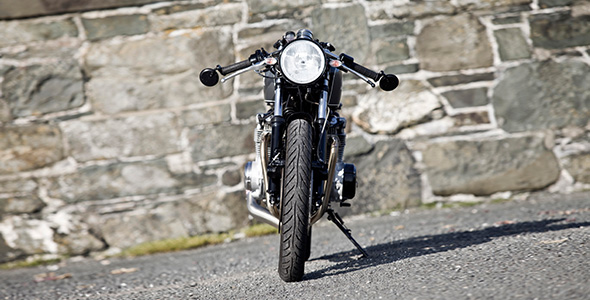
The bikes had a raw, utilitarian and stripped-down appearance while the engines were tuned for maximum speed. These motorcycles were lean, light and handled road surfaces well.

Classic café racer style has made a comeback recently, thanks largely to the increased interest in vintage motorcycles in general and Stuart from Ballywalter is one of those with an interest in the vintage bikes and Café Racer style via his father in law’s life long love for motorcycles.

Stuart bought this 1978 Honda CB550 Four around 18months ago and set about a monumental task of restoring it to its former glory whilst hand crafting many parts to give it the Café Racer style that he was after. During this build he kept a blog of all the work that was happening, mostly carried out by him and I followed this progress with great interest. Then comes the July holidays and I find myself getting asked to photograph this fine piece of art and soon after I drove off to Ballywater harbour on a sunny evening to admire what is a masterpiece.
Words and Photos: Graham Curry

